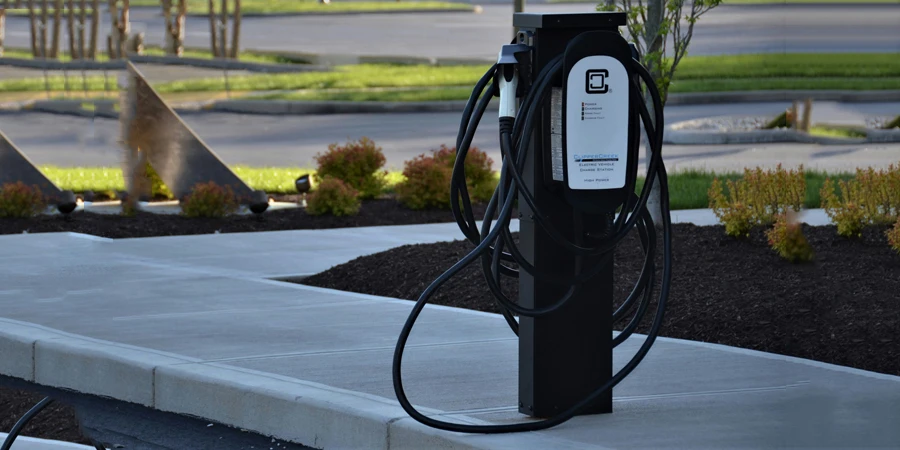Table of Contents
● Introduction
● Market overview
● Different types of car chargers and their features
● Things to consider when selecting products
● Conclusion
Introduction
As electric vehicle (EV) adoption surges, reliable car chargers have become essential for ensuring seamless and efficient energy replenishment. The increasing demand for EVs underscores the necessity for dependable charging solutions, pivotal in supporting daily commutes and long-distance travel. Government incentives and technological advancements are driving the expansion of charging infrastructure, making it more accessible and convenient for users. Selecting the right car charger can significantly enhance the EV ownership experience, offering benefits like faster charging times and smart features. Understanding the market and charger types is crucial for making informed decisions in this rapidly evolving landscape.
Market overview
The global EV charging station market is projected to grow significantly, from an estimated USD 7.3 billion in 2024 to USD 12.1 billion by 2030, with a compound annual growth rate (CAGR) of 8.8%, according to MarketsandMarkets. This growth is driven by rising EV sales and the expanding need for comprehensive charging infrastructure. The push for more charging stations is further supported by government policies and subsidies aimed at accelerating EV adoption. For instance, the US plans to deploy 500,000 new charging outlets by 2030, and the European Green Deal aims to enhance electric mobility and reduce carbon emissions.
Several key players dominate the EV charging station market, including ABB (Switzerland), BYD (China), ChargePoint (US), Tesla (US), Tritium (Australia), and major oil companies like BP (UK) and Shell (UK) who are diversifying into EV charging solutions, according to MarketsandMarkets. China’s market is particularly notable, expected to become the largest by 2030 due to substantial government incentives and advancements in charging infrastructure. Major Chinese operators like StarCharge and State Grid are leading with extensive networks, despite low utilization rates. These companies are crucial in driving the market forward with innovations and strategic expansions.
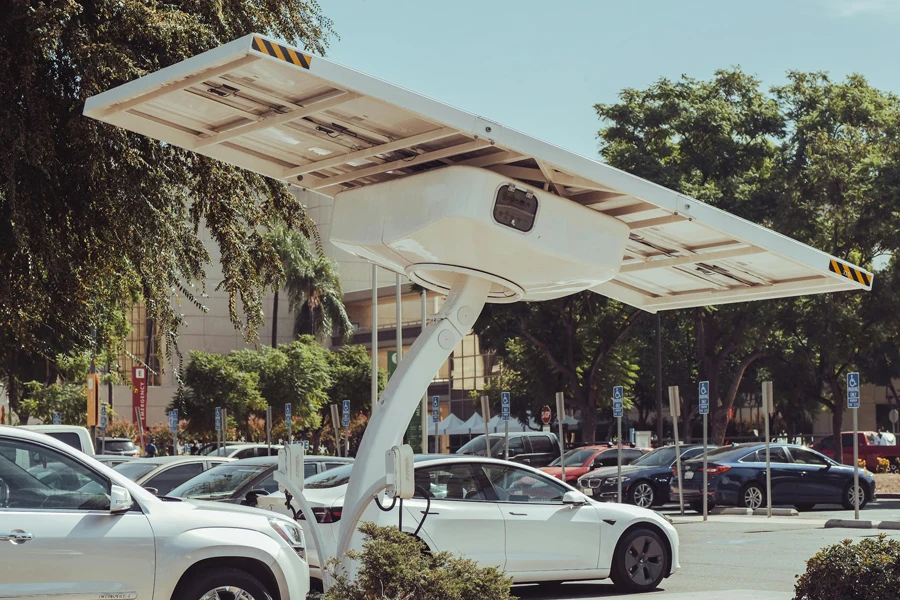
Different types of car chargers and their features
Electric vehicles (EVs) are rapidly becoming the preferred choice for environmentally conscious consumers and businesses. As EV adoption grows, the need for efficient and reliable car chargers becomes increasingly critical. Car chargers come in various types, each with distinct features and advantages that cater to different charging needs and environments. Understanding these types and their specifications is essential for selecting the right charger, ensuring optimal performance, and maximizing the benefits of EV ownership. This section explores the key features, uses, and cost comparisons of Level 1, Level 2, and Level 3 car chargers.
Level 1 chargers: features and uses
Level 1 chargers use a standard 120V household outlet and are often referred to as “trickle chargers.” They provide about 4 miles of range per hour of charging, making them suitable for overnight charging at home. These chargers are ideal for users with minimal daily driving needs, as they can fully charge an EV in over 30 hours, depending on the battery size, according to EV Charging Summit.
Level 2 chargers: features and uses
Level 2 chargers require a 240V outlet, similar to those used for large appliances like dryers. These chargers significantly reduce charging time, providing 12-80 miles of range per hour of charge, depending on the charger and vehicle specifications. Typically found in residential settings, public parking lots, and commercial locations, Level 2 chargers can fully charge an EV in 6-12 hours. They are a popular choice for homeowners and businesses due to their balance of speed and cost, as noted by ChargeLab.
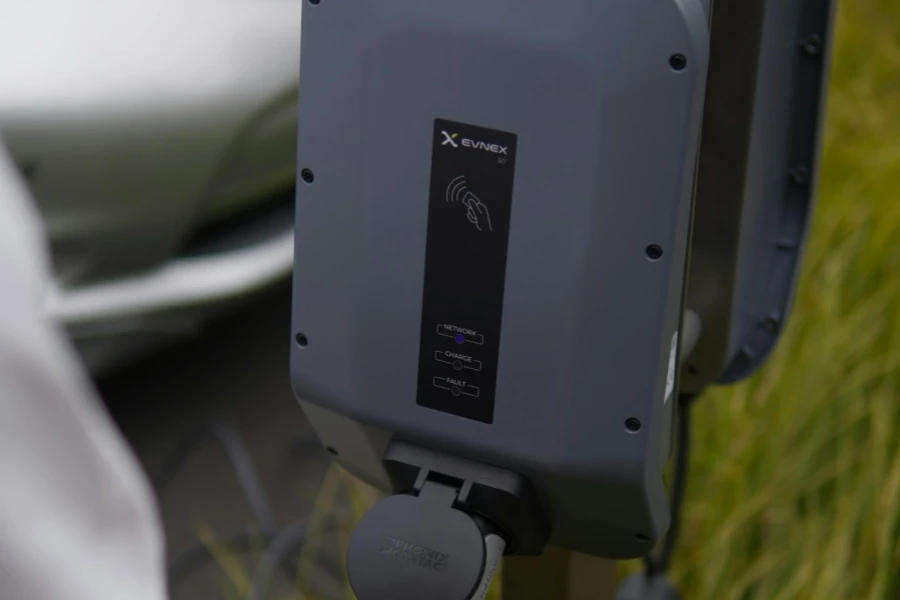
Level 3 chargers: features and uses
Level 3 chargers, also known as DC Fast Chargers, use direct current (DC) and can charge an EV to 80% in approximately 30 minutes. These chargers operate at 480V and are primarily installed in commercial areas, highways, and other locations where rapid charging is essential. Offering 3-15 miles of range per minute, they are ideal for long-distance travelers and fleet operators. The high cost and infrastructure requirements make them less common in residential areas, as highlighted by ChargeLab.
Comparison of charging speeds and costs
Level 1 chargers are the most cost-effective option but offer the slowest charging speed, making them suitable for overnight charging with limited daily use. Level 2 chargers, while more expensive and requiring professional installation, provide a much faster charging rate, making them a popular choice for both home and public use. Level 3 chargers are the most expensive and fastest option, suitable for commercial use and high-traffic areas. According to EV Charging Summit, the choice between these chargers depends on the user’s specific needs, driving habits, and budget constraints.
Electric vehicles (EVs) are rapidly becoming the preferred choice for environmentally conscious consumers and businesses. As EV adoption grows, the need for efficient and reliable car chargers becomes increasingly critical. Car chargers come in various types, each with distinct features and advantages that cater to different charging needs and environments. Understanding these types and their specifications is essential for selecting the right charger, ensuring optimal performance, and maximizing the benefits of EV ownership. This section explores the key features, uses, and cost comparisons of Level 1, Level 2, and Level 3 car chargers.
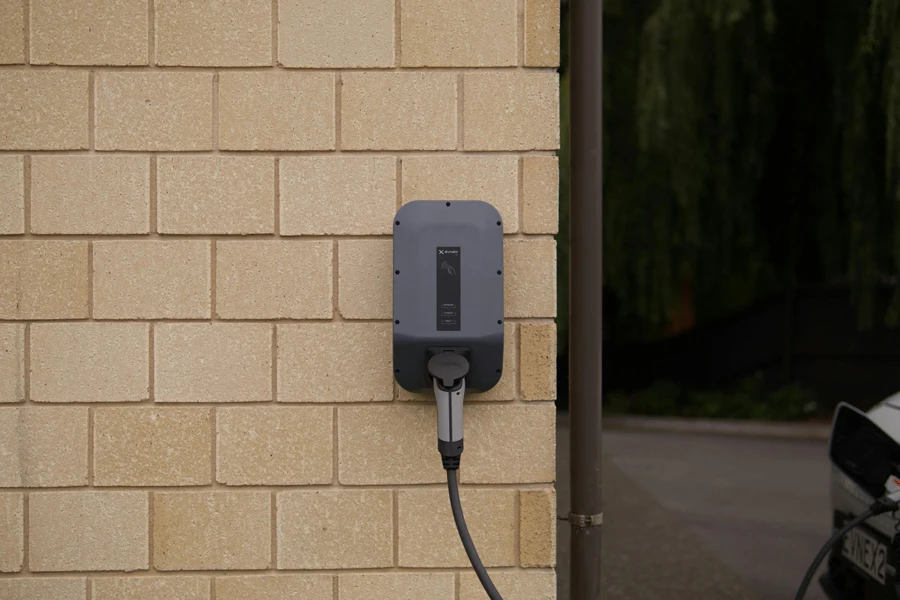
Things to consider when selecting products
When selecting a car charger for your electric vehicle (EV), it’s essential to consider various factors to ensure you make the best choice. Compatibility with different EV models, adherence to charging standards, and installation requirements are all critical aspects that impact functionality and ease of use. Additionally, the presence of safety features and certifications ensures reliable and secure charging. Smart features and connectivity options further enhance convenience, allowing for remote management and energy optimization. Understanding these factors can help you select a car charger that meets your needs and maximizes the benefits of your EV.
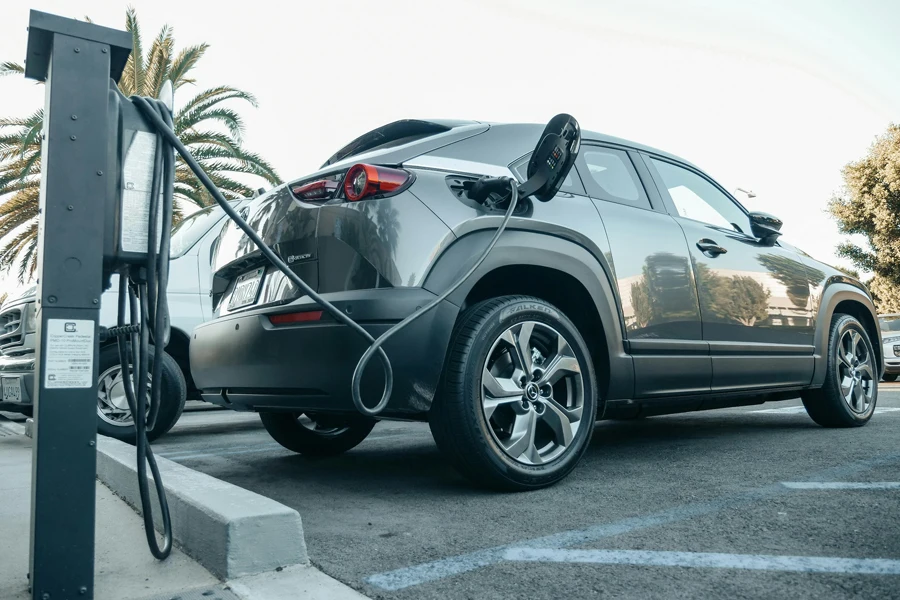
Compatibility and charging standards
Ensuring charger compatibility with different EV models is crucial for a seamless charging experience. Common charging standards include SAE J1772, which supports Level 1 and Level 2 charging in North America, and the Combined Charging System (CCS), used for Level 3 charging in North America and Europe. Another notable standard is CHAdeMO, prevalent in Japanese EV markets. According to ChargeLab, the adoption of these standards ensures that chargers can cater to a wide range of vehicles, reducing the need for multiple chargers for different car models.
Installation requirements and costs
The installation requirements for car chargers vary depending on the type. Level 1 chargers require a standard 120V outlet, making them easy to install without significant modifications. Level 2 chargers need a 240V outlet, similar to those used for large household appliances, and may require professional installation and electrical panel upgrades, which can cost around $2,500. Level 3 chargers, which use direct current and operate at 480V, demand specialized hardware and substantial electrical infrastructure, making their installation more complex and expensive, as noted by ChargeLab.
Safety features and certifications
Safety features and certifications are essential for ensuring that car chargers operate efficiently and safely. Certifications like Energy Star and Intertek indicate that the equipment has undergone rigorous testing for energy efficiency and safety standards. According to ChargeLab, these certifications help prevent hazards such as electrical fires and ensure that the chargers are safe for both residential and commercial use. Proper grounding, temperature control, and compliance with local, state, and federal regulations are vital components of a safe charging setup.
Smart Features and Connectivity Options
Modern car chargers come equipped with smart features that enhance their functionality and user experience. Features such as remote control, scheduling, and energy monitoring allow users to optimize their charging sessions for convenience and cost savings. Connectivity options, including Wi-Fi and app-based controls, enable users to manage their chargers from anywhere, ensuring that they can monitor and adjust charging as needed. According to ChargeLab, these smart features not only provide added convenience but also contribute to more efficient energy use and cost management.
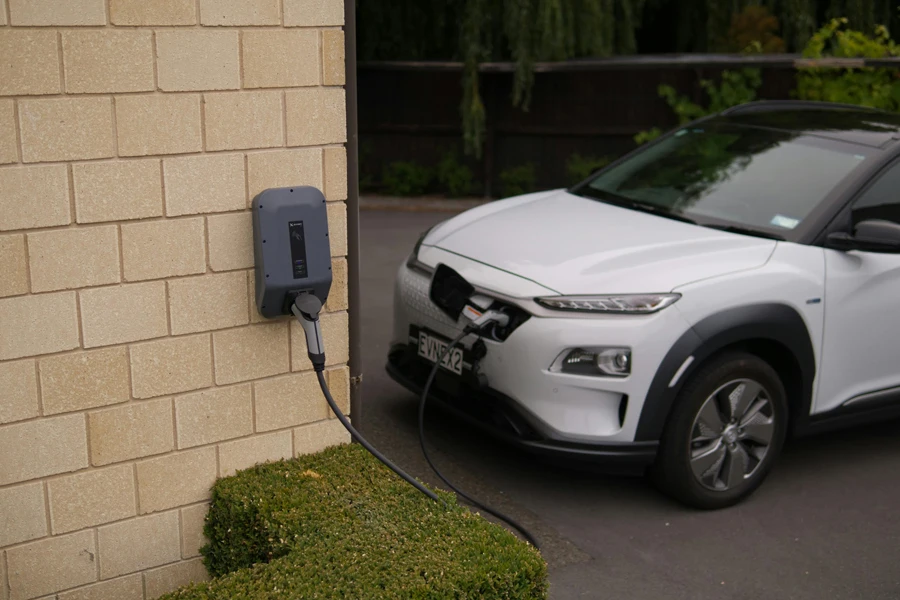
Conclusion
Selecting the right car charger for your electric vehicle (EV) is crucial for optimizing your charging experience and maximizing the benefits of EV ownership. Understanding the different types of chargers—Level 1, Level 2, and Level 3—along with their features and uses, helps in making an informed decision based on your driving habits and charging needs. Compatibility with various EV models and adherence to common charging standards like SAE J1772, CCS, and CHAdeMO ensures broad usability and convenience. Consideration of installation requirements and associated costs is essential, as Level 2 and Level 3 chargers may necessitate significant electrical upgrades. Prioritizing safety features and certifications such as Energy Star and Intertek ensures secure and efficient charging. Additionally, leveraging smart features and connectivity options, such as remote control and energy monitoring, can enhance your charging experience by providing greater control and flexibility. Stay informed about market trends and technological advancements to select a charger that aligns with your individual preferences and requirements. By carefully evaluating these factors, you can make a well-rounded purchasing decision that supports your EV lifestyle.
